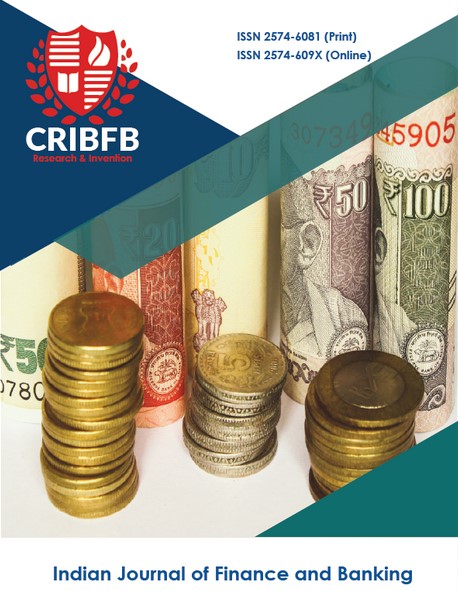A Framework to Score the Risk Associated with Suspicious Money Laundering Activity and Social Media Profile
Main Article Content
Abstract
Money laundering has immense entailments. The criminal who possesses black money and wants to mask it as legitimate must fabricate the source to look genuine. It makes the crime organized and more systematic to break the financial system. The existing AML (Anti Money Laundering) solutions and its design based on the creation of a transaction profile. Most of the leading AML software focuses on financial transactions and rarely focuses on linked suspicious individual’s social media profiles. Social networking is one of the most popular platforms to interact with others and millions of users use these platforms to communicate with each other from around the world. At the same time, the web has plenty of social and demographic information to create an accurate profile that aims to construct a legitimate profile. This paper consolidates the fragmented discussion from several articles and provides a detailed view of fraud profile identification. Practical insights are identified from various AML solutions and summarized from an extensive literature review. The risk scoring framework and definitions of filters can be widened to include more parameters for effective alert generation. In this paper, we propose an approach and risk scoring framework to assess customer profiles that drive the suspicious profile or transactions based on social media attributes.
Downloads
Article Details
Section
How to Cite
References
Choo, K. K. R. (2008).Politically exposed persons (PEPs): risks and mitigation. Journal of Money Laundering Control, 11(4), 371–387. https://doi.org/10.1108/13685200810910439
Gao, Z., & Ye, M. (2007). A framework for data mining-based anti-money laundering research. Journal of Money Laundering Control, 10(2), 170–179. https://doi.org/10.1108/13685200710746875
Glass, N. B. (2018). The leveraging of social media by corporate credit unions to enhance the detection and reporting of suspicious activity.
Johnston, R. B., & Abbott, J. (2005). Deterring Abuse of the Financial System: Elements of an Emerging International Integrity Standard (Policy Discussion Paper No. 05/3). https://www.imf.org/en/Publications/IMF-Policy-Discussion-Papers/Issues/2016/12/31/Deterring-Abuse-of-the-Financial-System-Elements-of-an-Emerging-International-Integrity-18105
Kruisbergen, E. W., Kleemans, E. R., & Kouwenberg, R. F. (2015). Profitability, Power, or Proximity? Organized Crime Offenders Investing Their Money in Legal Economy. European Journal on Criminal Policy and Research, 21(2), 237–256. https://doi.org/10.1007/s10610-014-9263-5
Reserve Bank of India. (2009). State Finances: A Study of Budgets of... Reserve Bank of India. Retrieved June 23, 2020, from https://www.rbi.org.in/Scripts/PublicationReportDetails.aspx?UrlPage=&ID=543#1R




